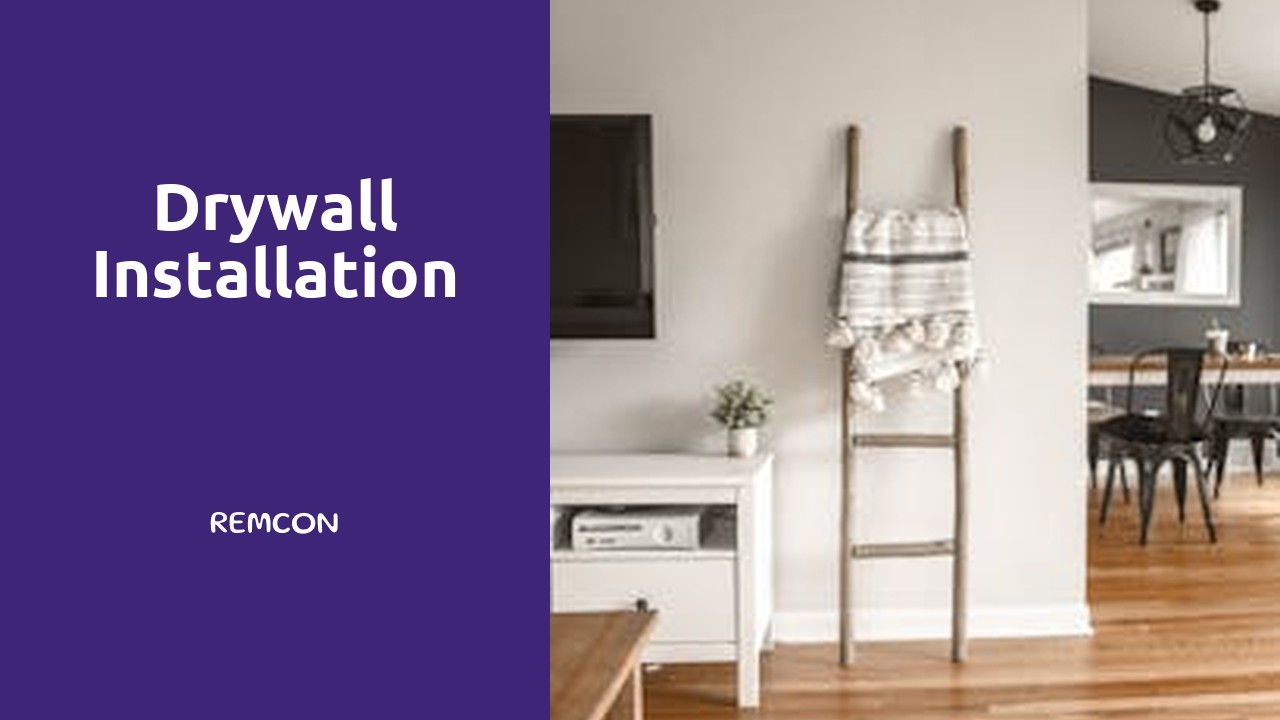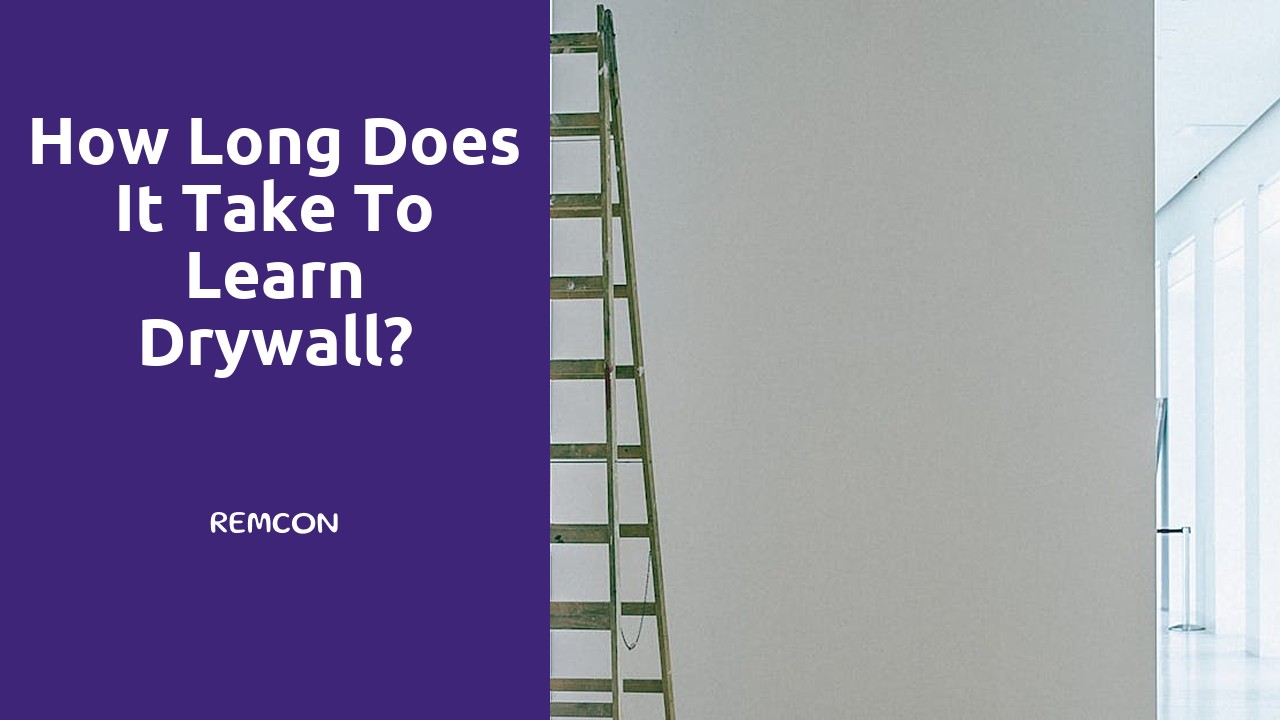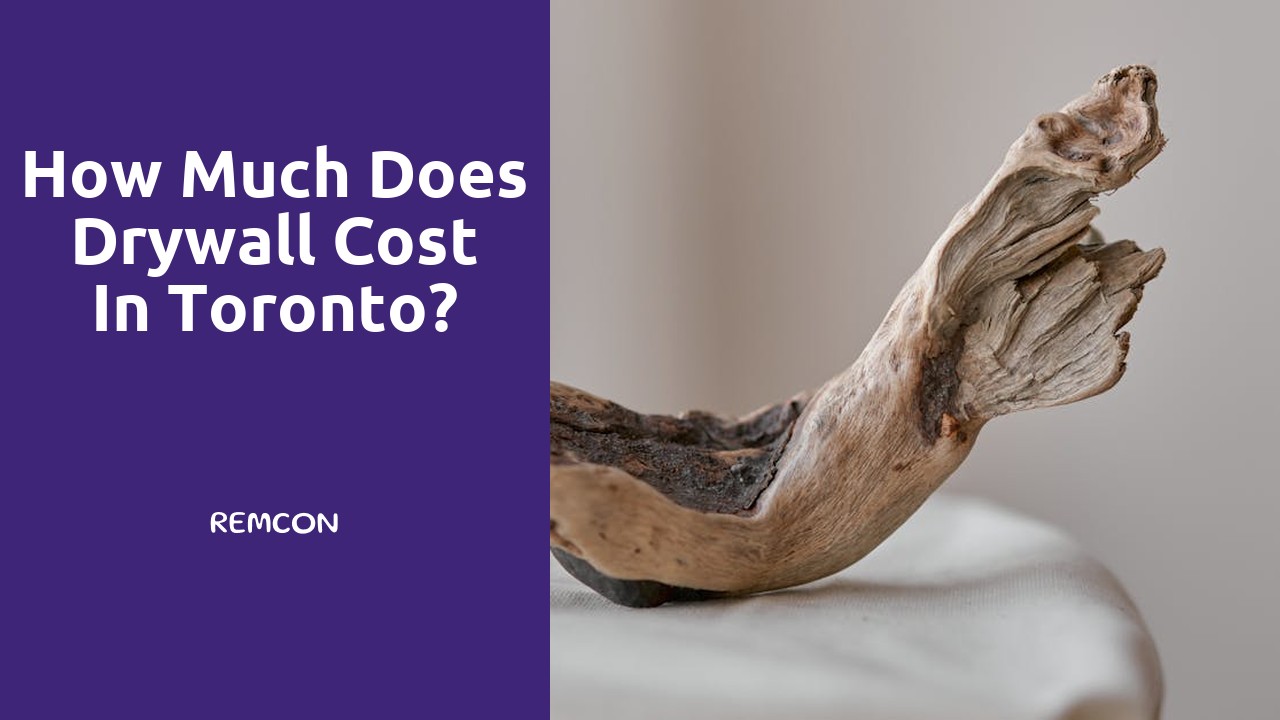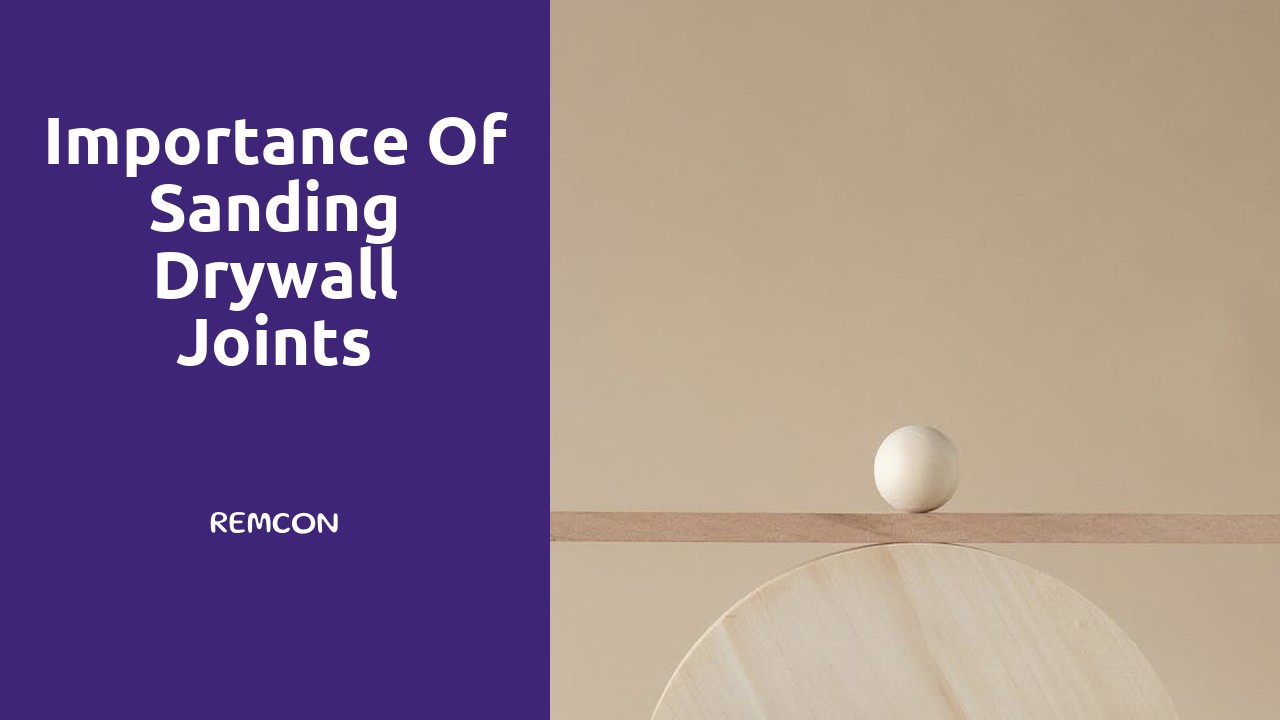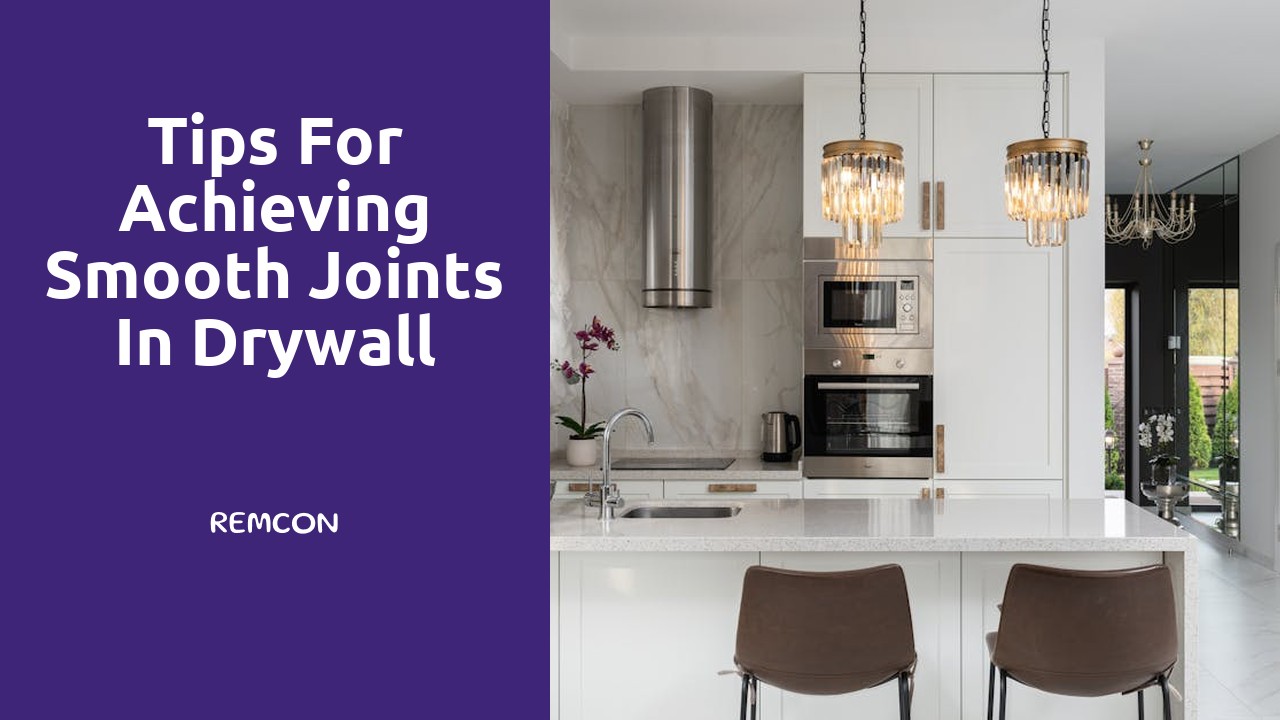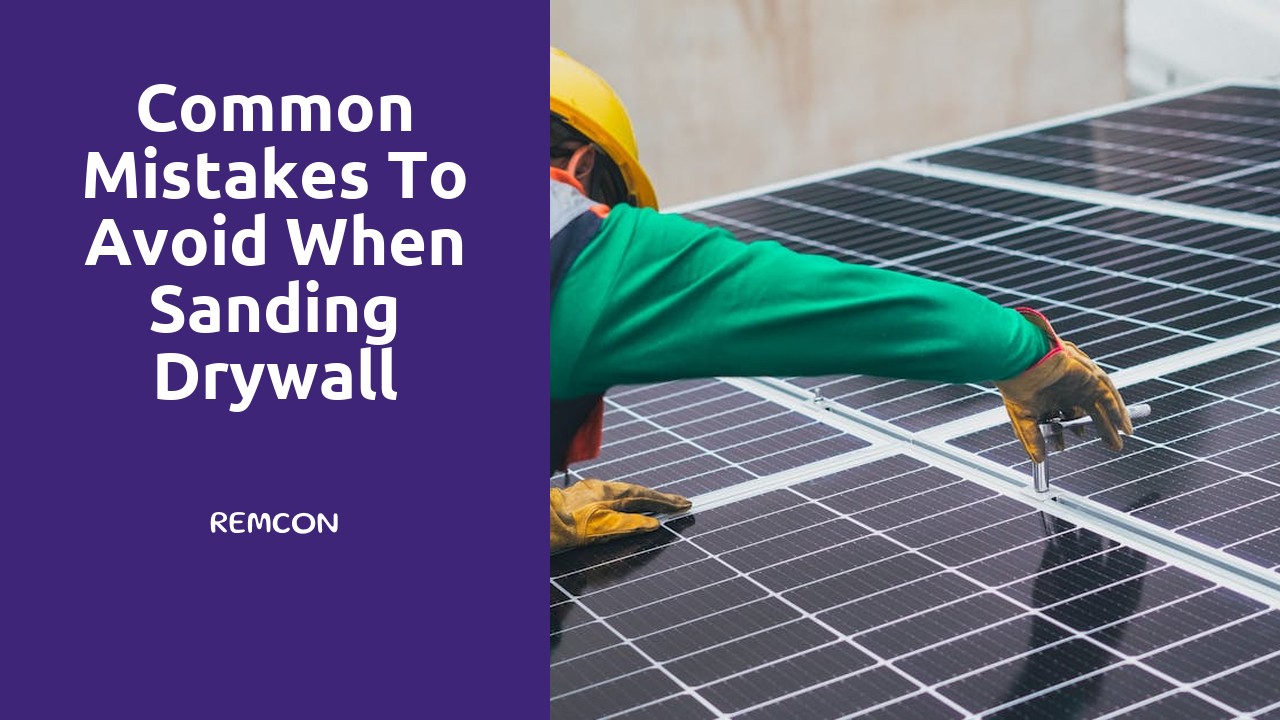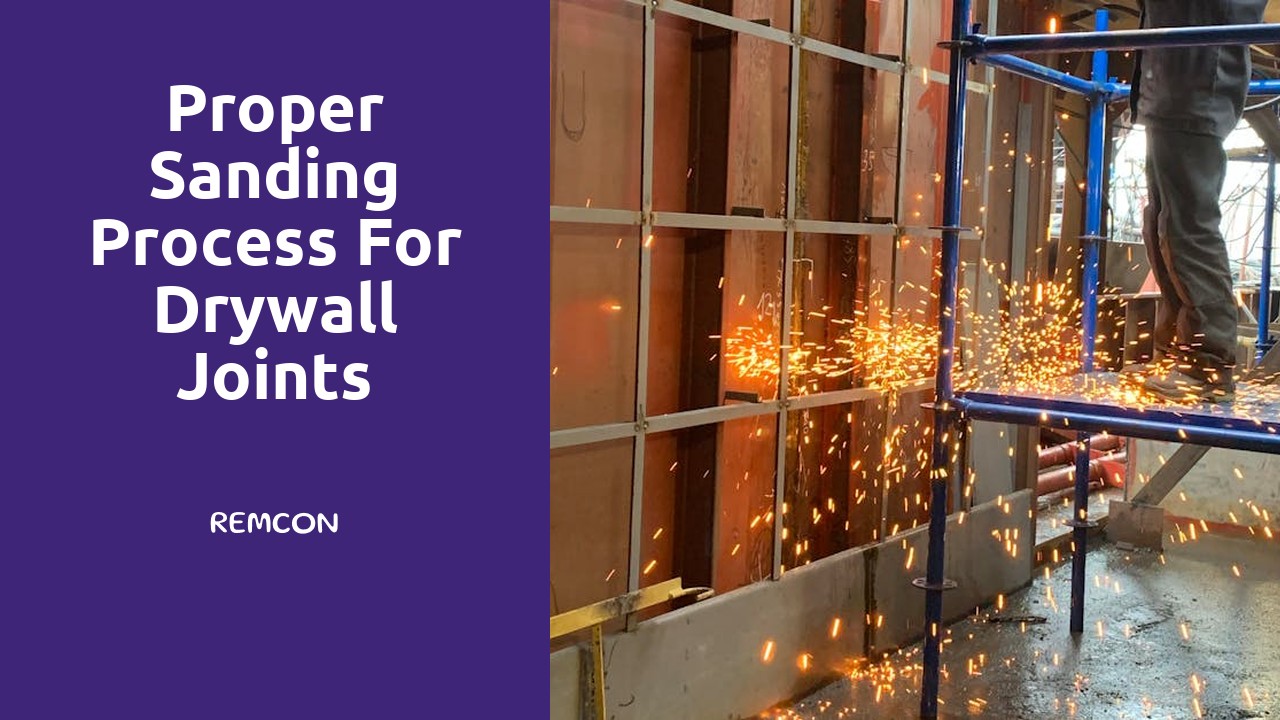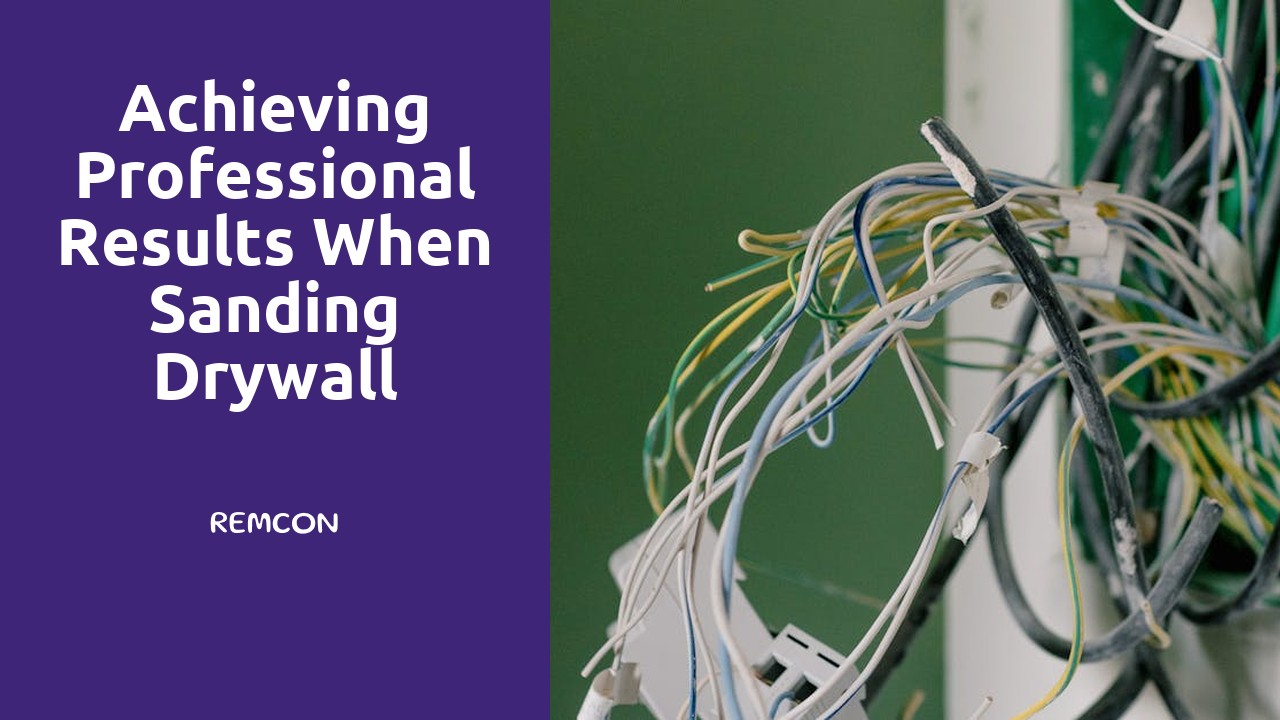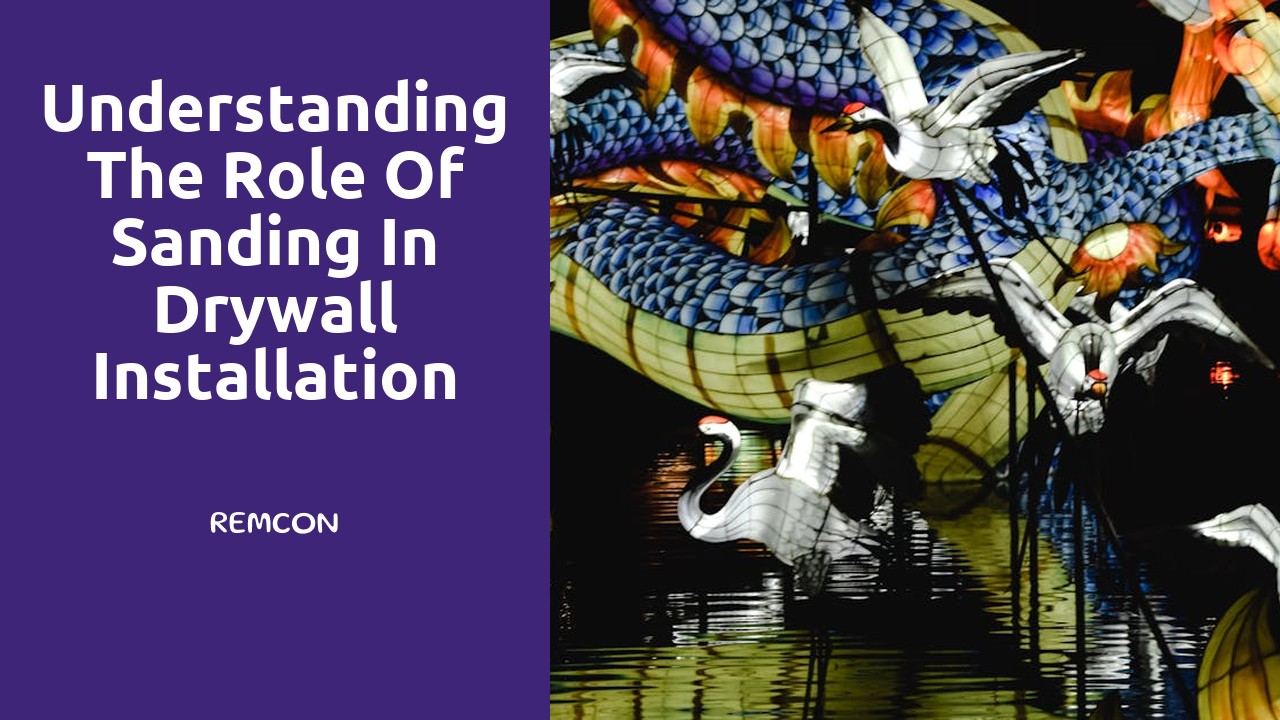
Table Of Contents
Finishing Touches after Sanding
After completing the sanding process during the Drywall Installation in Woodbridge, it is important to focus on the finishing touches to achieve a smooth and polished surface. One of the crucial steps following sanding is to inspect the walls carefully for any imperfections or areas that may need further attention. It is essential to fix any visible flaws by mudding, sanding, and feathering those areas to seamlessly blend them with the rest of the wall surface.
Once all necessary repairs have been made, the next step is to sand the repaired areas gently to ensure they are smooth and level with the surrounding drywall. This additional sanding will help in achieving a uniform surface texture across the walls. After the final sanding process, wiping down the walls with a damp cloth can help remove any remaining dust particles and prepare the walls for the next steps in the finishing process.
Priming and Painting
After sanding the drywall during the finishing stage of Drywall Installation in Woodbridge, the next crucial steps involve priming and painting. Priming the sanded drywall helps create a uniform surface for the paint to adhere to, ensuring a smooth and professional finish. Primer also helps hide imperfections and seals the surface, preventing the paint from soaking unevenly into the drywall.
Once the primer has dried completely, it's time to apply the paint. Choosing the right paint colour and type is essential for achieving the desired look and durability of the finished wall. Whether opting for a matte, semi-gloss, or glossy finish, carefully applying the paint in even strokes can make all the difference in the final outcome of the Drywall Installation in Woodbridge.
Understanding Different Sanding Methods
When it comes to Drywall Installation in Woodbridge, understanding the different sanding methods is crucial for achieving a smooth and professional finish. Manual sanding involves using sandpaper wrapped around a sanding block or sanding pole. This method provides more control and is ideal for smaller areas or touch-ups where precision is required. On the other hand, power sanding, which utilizes electric or battery-operated sanders, is better suited for larger surfaces or extensive projects due to its efficiency in removing material quickly.
Each sanding method has its advantages and considerations. Manual sanding may require more physical effort but allows for finer detailing and is quieter compared to power sanding. Conversely, power sanding is faster and less labor-intensive, making it ideal for larger projects. Ultimately, the choice between manual and power sanding depends on the scope of the project, the desired finish, and the comfort level of the individual performing the task during Drywall Installation in Woodbridge.
Manual vs. Power Sanding
When it comes to drywall installation in Woodbridge, one crucial decision that contractors must make is whether to opt for manual sanding or power sanding techniques. Manual sanding involves using a sanding block or sandpaper to smooth out imperfections in the drywall surface. This traditional method allows for greater control and precision, as the amount of pressure applied can be easily adjusted based on the surface area.
On the other hand, power sanding has gained popularity in recent years due to its efficiency and time-saving benefits. By using electric or battery-powered sanders, contractors can cover larger areas quickly and with less physical effort. However, it's important to note that power sanding may result in more dust and debris compared to manual sanding, requiring extra precautions to ensure proper cleanup and a polished finish.
Importance of Proper Cleanup Post Sanding
Proper cleanup after sanding is a critical step in the drywall installation process in Woodbridge. Neglecting this aspect can result in unwanted particles and debris compromising the finished look of the wall surface. As such, it is imperative to dedicate sufficient time and attention to tidying up the work area post-sanding to ensure a smooth and flawless outcome for your drywall project.
By carefully removing dust and debris left behind from the sanding process in your Woodbridge drywall installation, you set the stage for a successful priming and painting phase. Thoroughly cleaning the surface not only enhances the aesthetic appeal but also promotes better adhesion of primers and paints, leading to a more durable and professional finish. Paying close attention to cleanup details will ultimately contribute to the overall quality and longevity of your drywall installation in Woodbridge.
Removing Dust and Debris
After completing the sanding process during Drywall Installation in Woodbridge, it is crucial to ensure thorough removal of dust and debris from the workspace. Even though sanding aids in achieving a smooth finish, the leftover particles can negatively affect the subsequent steps of priming and painting. Therefore, utilizing a vacuum with a brush attachment is recommended to suck up any loose particles on the walls and surrounding areas.
Additionally, wiping down the walls and surfaces with a damp cloth or sponge helps to capture any remaining dust particles effectively. It is important to pay attention to corners, edges, and crevices where dust tends to accumulate, ensuring a clean and dust-free surface for successful priming and painting. By diligently cleaning up after sanding, you can create a conducive environment for the next steps in the Drywall Installation in Woodbridge process.
FAQS
Why is sanding necessary in drywall installation?
Sanding is necessary in drywall installation to smooth out any imperfections in the surface, such as bumps, ridges, and joint compound.
What are the different sanding methods used in drywall installation?
There are two main sanding methods used in drywall installation: manual sanding, which involves sanding by hand using sandpaper, and power sanding, which involves using a power sander for faster and more efficient sanding.
How important is proper cleanup post sanding?
Proper cleanup post sanding is crucial to ensure a clean and smooth surface for priming and painting. It helps in removing dust and debris that can affect the finish of the drywall.
Can sanding be skipped in the drywall installation process?
Sanding should not be skipped in the drywall installation process as it plays a crucial role in achieving a professional and seamless finish. Skipping sanding can result in a rough and uneven surface that will be visible even after priming and painting.
How can I ensure a successful drywall installation with proper sanding techniques?
To ensure a successful drywall installation, it is essential to use the right sanding tools and techniques, follow a systematic sanding process, and prioritize proper cleanup post sanding. This will result in a smooth and flawless finish for priming and painting.
